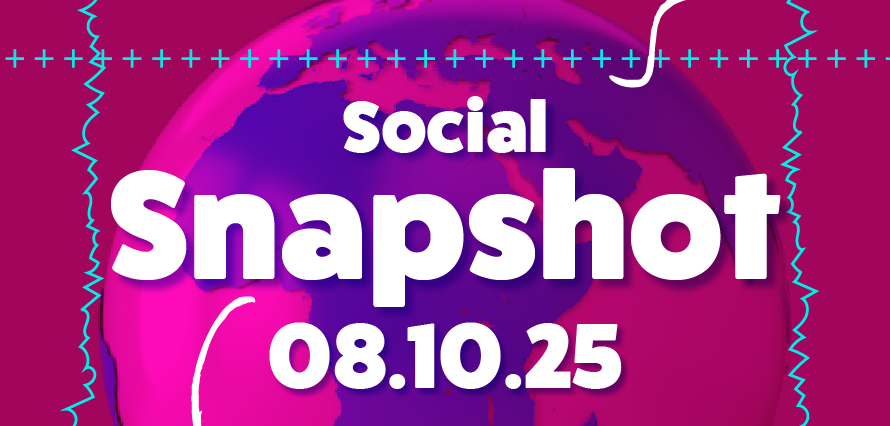October 8, 2025
Nostalgia, niche-cores and next-gen shopping
The UK’s pop-culture mood board for marketers on trend
Brits are scrolling for comfort, community and little jolts of joy. And they’re spending where the culture actually lives. The most interesting bit? It’s all trend behaviours you can actually plan around. As the Gallaghers remind us, “you gotta make it happen.” So let’s bloody well make it happen. Here’s the what, why and how.
First though, you need to know what’s a durable behaviour shift and what’s just a bubble (or in normal speak: what you build your strategy around versus what you ride while it’s hot).
What on earth are durable shifts and what are bubbles
Durable shifts are the slow movers. They hang around 12 to 24 months or more and properly change how people use social media. We’re talking a calmer, kinder internet, culture splintering into hundreds of tiny scenes, shopping rails built straight into entertainment. This stuff needs actual budgets, proper processes, and grown-up measurement. It’s your foundation.
Why they stick: Habits get triggered by context. When people hit the same moment each week – Sunday reset, cosy scroll, picky tea time – they do the same thing. Habit research shows that repetition in familiar settings becomes automatic. Which is why you design for repeat usefulness, not one-off stunts that get you a pat on the back and sod all else.
Bubbles are the fizzy bits that sit on top. These trends flare for a few weeks, maybe a season, then either fade or morph into something else. Britpop chic riding the Oasis tour wave. Everyone suddenly obsessed with gut health and panic-buying prunes. Bubbles are brilliant when they piggyback on a durable shift. They’re an absolute money pit when you chase them in isolation, because fads spread through informational cascades and novelty that decays fast. Treat bubbles as on-ramps to your longer plays, not the whole bloody motorway.
The durable pillars reshaping UK feeds
The liveable web
Look, the internet got exhausting. People are reclaiming it for joy, utility and belonging. Less performative grinding. More actual human warmth and slower consumption.
Treat this as a hard constraint, not a nice-to-have. Build recurring formats that feel safe, useful and friendly. Judge success by saves, shares and replies – that’s how communities signal value when things calm down a bit. It maps to mood-management theory in media use, which basically says people choose content that helps them regulate how they feel. Your kind, low-effort creative that matches a trend? That’s what gets picked again tomorrow.
Culture is fractal
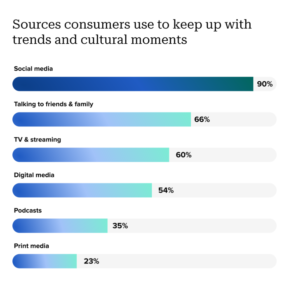
Your buyer isn’t living in one big culture (not sure they ever were, if we’re honest). They’re bouncing between hundreds of tiny rooms: cosy lifestyle here, dark academia trend there, budget chic over there. TikTok’s personalisation and the whole “micro-virality” thing keep atomising taste, which is why small, scene-true ideas absolutely batter one heroic anthem every single time.
Behavioural science backs this up. Complex contagion shows that meaningful behaviours spread when people see the same idea from multiple trusted peers inside their little clusters. Many small nudges beat one big broadcast. Every. Single. Time.
Entertainment is the trend storefront
Discovery, trust and checkout now happen in the same bloody scroll. TikTok Shop is predicting its biggest-ever UK Black Friday after a year of triple-digit growth, with beauty and fashion leading the charge. If your content is just a trailer and the checkout lives somewhere else entirely, you’re leaking sales like a knackered tap. Treat entertainment as the shelf and measure creator-assisted revenue, not just last click.
The money’s moving this way anyway. UK adspend grew 8% in Q1 to £10.6bn, with search and online formats leading, and full-year spend forecast at £45.4bn. Stick that on slide one when the board starts asking why social needs to carry more of the journey.
Newstalgia (see what I did there, news and nostalgia – I am very pleased with myself) drives spend
Oasis didn’t just fill Wembley. They lit a national mood and dragged fashion, music and content along with them. There’s a reason nostalgia loosens the wallet. Experiments show activating warm, past-self feelings reduces attachment to money and increases willingness to spend. Use nostalgia trends to bridge to today’s product with taste. Don’t cosplay the past. The Guardian
Want more on the sweet spot of yesterday? Read the latest blog
Values show up quietly in the basket
Sustainability and wellness trends still matter, but Brits reward practical proof over preaching. Everyday rituals are where wallets open. “Picky tea” culture is now linked to real-world cheese sales, with trade press citing around 10% volume growth and Waitrose reporting a 900% spike in Scottish cheese searches during the Fringe. That’s comfort. Anchor your story to rituals, not awareness days. Speciality Food Magazine
Rising waves worth your attention
Food as identity and participation
Four in five Gen Z say they try social food trends. That’s not a meme. That’s intent you can plan around. Recipes and rituals are bottom-funnel now, especially when budgets are tight. FB101
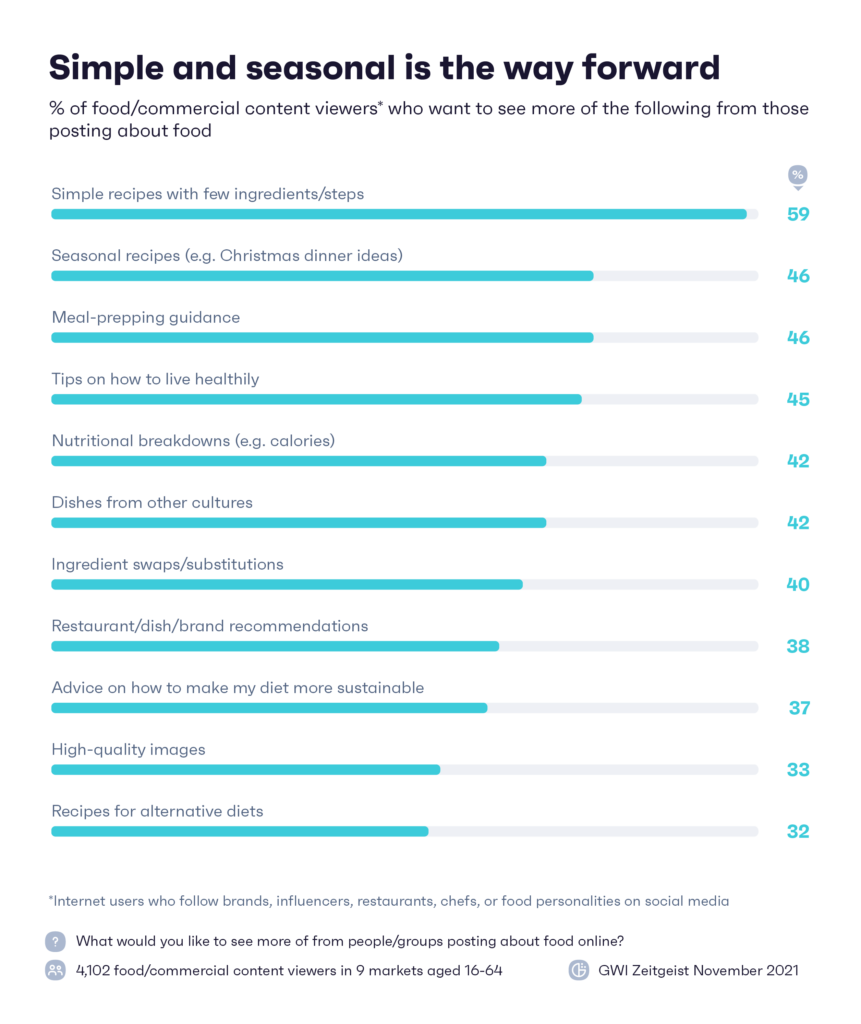
Wellness gets nerdy
Gut-health and fibre-first eating have shifted from niche to mainstream in 2025, with UK retail reporting big search and demand spikes around functional staples. Ocado reports triple-digit search lifts and big jumps in old-school staples like prunes and spelt. Map your products to the habit. Dairy Industries International
Low-stakes fun keeps winning
The UK appetite for gentle humour, small joys and “soft life” clips hasn’t faded. It’s relief in a noisy world and it builds warmth you can compound.
Fashion’s split personality
Maximalist play meets quiet luxury restraint. Both sit happily on feeds when they feel scene-true. Your job is editorial judgement. Pick the lane that fits your buyer’s mood and hold it for a season.
What this means for brand leaders
Lots of small wins, all adding up
Think of the internet like a house party. Your people are in little pockets. Kitchen crew. Garden gang. Someone hiding with the dog. You don’t shout from the hallway. You wander in and chat. One mascara can be six tiny stories. Rain lashes on the school run. Glasses fog on the tube. Freshers on a tenner. Sensitive eyes in a gale. Gym sweat that actually happens. Desk to martinis. Most posts will be fine. One or two will fly. Keep the flyers. Retire the rest. It’s curation you’re after.
Rituals are where the opportunity lives
Rituals are the moments that make people buy without thinking too hard. Sunday reset means storage tubs, gentle skincare and a lazy dinner that still feels sorted. Cosy nights mean candles, blankets and a cheese board that makes you feel smug. “Picky tea” wasn’t just cute on TikTok. It moved actual cheese in the UK. Payday turns on little treats. Month end turns on bargains. Say the moment out loud in your creative so people see themselves. Make it easy to copy.
Show love before you chase clicks
If your update is only about clicks, buyers will glaze over. In calmer feeds people show love first. Saves. Shares. A little nose around your profile. A follow after a watch. That tells you the idea landed. Then you’ll see the practical stuff follow. More people searching your name. More directions to the nearest stockist. More sales where someone watched a video first. If you can show both the warm stuff and the money stuff in the same breath, the room relaxes. You’ve joined the dots.
Nostalgia, handled with taste
Nostalgia is magic if you respect it. Use what you already have. Old pack shots. First sketches. The founder photo with the outrageous fringe. Then pair it with today. A 90s shape made with kinder fabric. A classic sauce in a new cosy recipe. Invite fans in.
This summer proved it. Oasis lit a mood and the whole country had a moment. People open their wallets when they feel that warmth. Keep it human. Keep it specific.
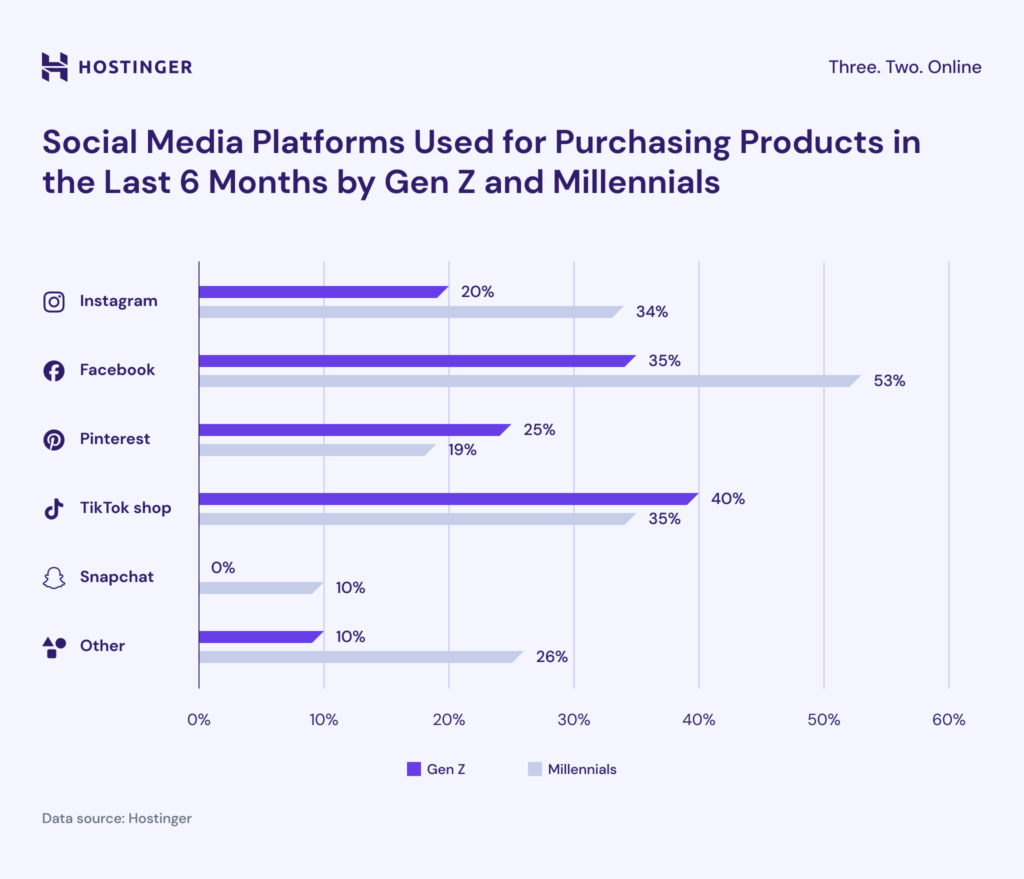
Buying happens right there in the scroll
People discover and buy in the same place now. The shelf and the till are neighbours. If you send them on a wild goose chase, you lose them. Show how it works. Say the price out loud. Make a couple of simple bundles that feel like a favour. Answer questions in the comments like a person, not a policy.
TikTok Shop is lining up another loud winter in the UK, so get your ducks in a row before it kicks off.
How to think about trends
Trends matter at two speeds because people live at two speeds.
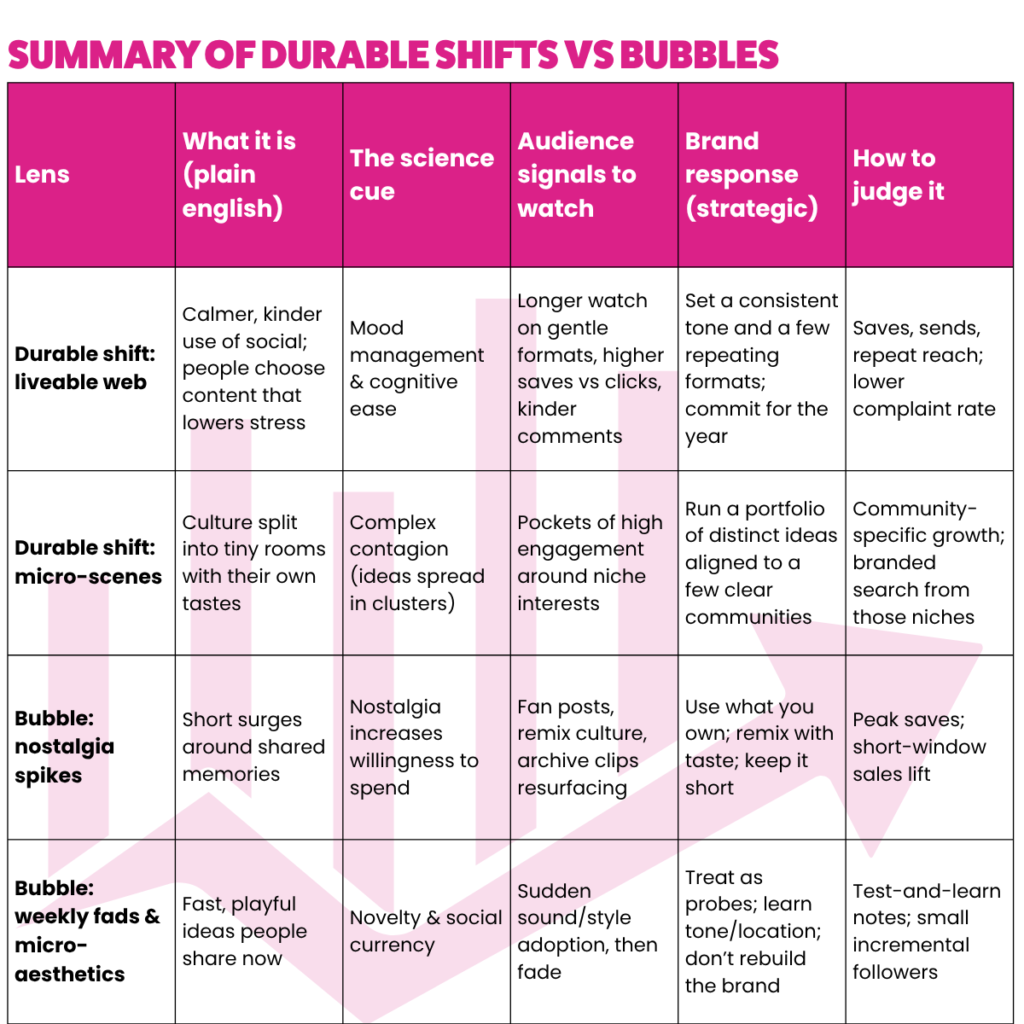
The slow stuff is habit. It is the way we soothe ourselves after work, the cosy scroll before bed, the Sunday reset that tidies our heads. Those patterns shape what we notice, who we trust, and what we buy when we are not thinking too hard. If your brand learns those rhythms, you build memory and comfort. That is where distinctiveness lives. Not in one big stunt, but in a steady drumbeat that makes you easy to think of and easy to choose.
The quick stuff is social currency. Bubbles give people something to talk about and a reason to show up today. They clarify taste. They tell you which tiny corners of culture are awake right now. Treat them like probes into the market. Each one teaches you about tone, timing, and the little status moves your audience makes. They keep you interesting without yanking you off course.
Behavioural science is not window dressing here. It explains why this two-speed approach works. Habits form in stable contexts, so recurring formats and familiar cues compound. People copy what they see from their own crowd, so ideas spread inside tight communities first. Mood matters. In jittery times, kinder, lower-effort content gets picked again tomorrow. Nostalgia warms the room and loosens the grip on the purse, provided you handle it with taste. When you understand those levers, you stop guessing and start designing experiences that fit how brains actually choose.
Think of your marketing as an engine with two gears. The first gear builds durable preference by showing up the same way, in the same moments, with the same comforting signals. The second gear plays with the week’s energy, plugs into a micro-scene, and brings fresh reasons to look again. Run both at once and you get the compounding effect of habit with the spark of the new. That is how you move from nice engagement to real advantage.
So yes, enjoy the sparkle when a bubble pops. But build for the rooms your audience already lives in. Read what they’re signalling about mood and belonging. Use the science as your compass.
And have fun with it!
